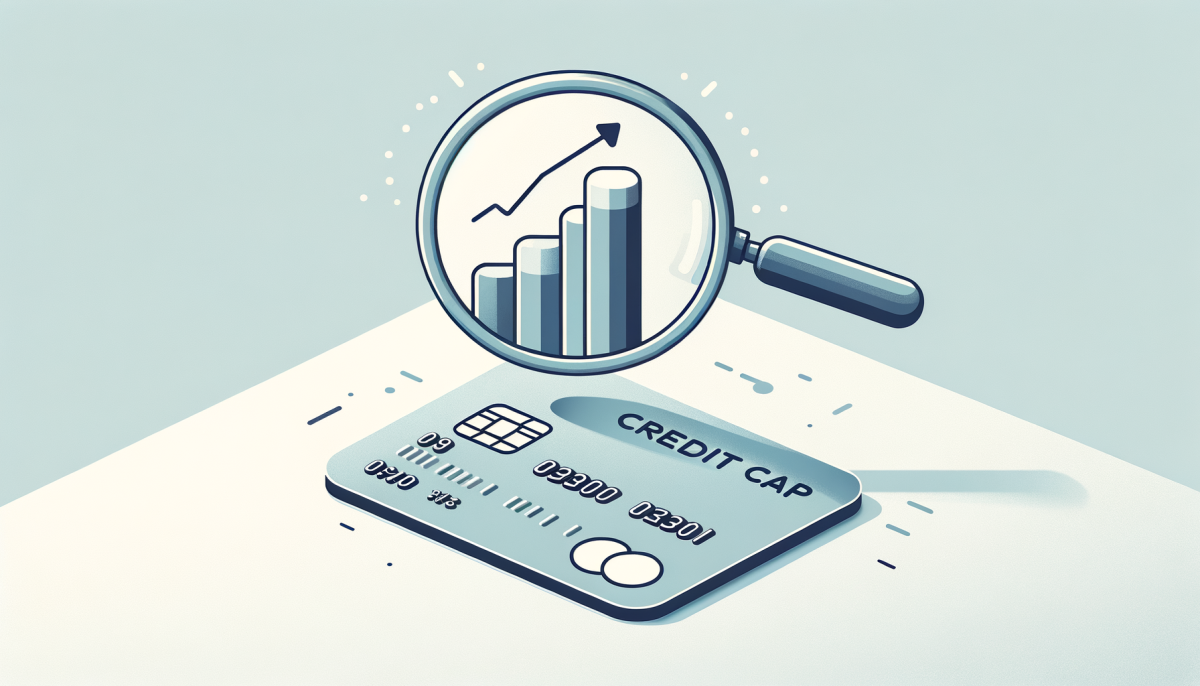Credit is a fundamental component of modern finance, enabling consumers and businesses alike to borrow funds or purchase goods and services with the understanding that repayment will occur at a future date. A crucial element of this financial tool is the credit cap, often referred to as a credit limit, which serves to define the maximum amount of credit a lender is willing, or legally permitted, to extend to a borrower. Understanding credit caps is essential for anyone looking to responsibly manage their finances or navigate the intricacies of credit-based transactions. In this article, we delve into what credit caps are and the mechanisms behind how they are determined and enforced.
Credit Caps Explained
Credit caps, or credit limits, are the maximum amounts that lenders authorize borrowers to draw upon in their credit accounts. These limits are set based on a variety of factors, including the borrower’s creditworthiness, income, and credit history. Lenders establish credit caps as a way to mitigate risk by controlling the amount of money they are exposed to in the event of a default. Credit caps are not static; they can be adjusted by the lender over time, based on the borrower’s payment history and credit score changes.
Credit limits are prevalent in various forms of credit, including credit cards, lines of credit, and personal loans. For credit cards, the cap restricts the total balance that can be accumulated without making a payment. It acts as a financial boundary, helping consumers avoid overspending and encouraging responsible credit usage. With a clear cap in place, users can plan their expenditures more effectively and ensure they are able to meet their repayment obligations.
Understanding a credit cap is also important for credit score maintenance. Utilization rate, or the proportion of available credit in use, is a key factor in credit scoring models. It is generally recommended to keep credit utilization below 30% of the total available limit to maintain a healthy credit score. As such, knowing one’s credit cap allows for better control over credit utilization and ultimately, a stronger credit profile.
The Mechanism Behind Credit Limits
The mechanism behind determining a credit cap is rooted in a thorough assessment of the borrower’s financial health. Lenders use credit-scoring models that incorporate factors such as payment history, outstanding debts, length of credit history, new credit inquiries, and types of credit used. This risk assessment helps lenders decide not only whether to extend credit but also the maximum amount they are comfortable offering.
Once a credit cap is set, lenders monitor account activity to ensure compliance with the established limit. If borrowers attempt to exceed their limit, they may face declined transactions, additional fees, or an increased interest rate. Lenders may also periodically review the account, and based on the borrower’s credit usage and repayment behavior, they may choose to increase or decrease the limit. An increase in a credit limit can be a sign of confidence in the borrower’s ability to repay, while a decrease may hint at concerns about financial stability or changed economic circumstances.
Credit caps are also influenced by broader economic factors and a lender’s internal policies. During economic downturns, lenders might tighten credit availability to reduce risk exposure, leading to stricter credit caps. Conversely, in a thriving economy, lenders might be more lenient and generous with credit limits to encourage spending and investment. Regulatory requirements also play a role, as financial authorities may impose capital requirements and lending standards that affect how lenders assign credit caps.
In conclusion, credit caps are a significant aspect of the lending landscape, providing a balance between enabling access to credit and controlling financial risk. They reflect an individual’s creditworthiness and act as a safeguard against excessive borrowing. The mechanisms behind credit limits are multifaceted, considering both the borrower’s financial stability and external economic conditions. Whether one is a financial novice or a seasoned investor, understanding credit caps is vital for maintaining a healthy financial outlook and navigating the credit market effectively. As always, prudent financial management and regular review of credit terms can help individuals make the most of their credit capabilities while avoiding potential pitfalls.
